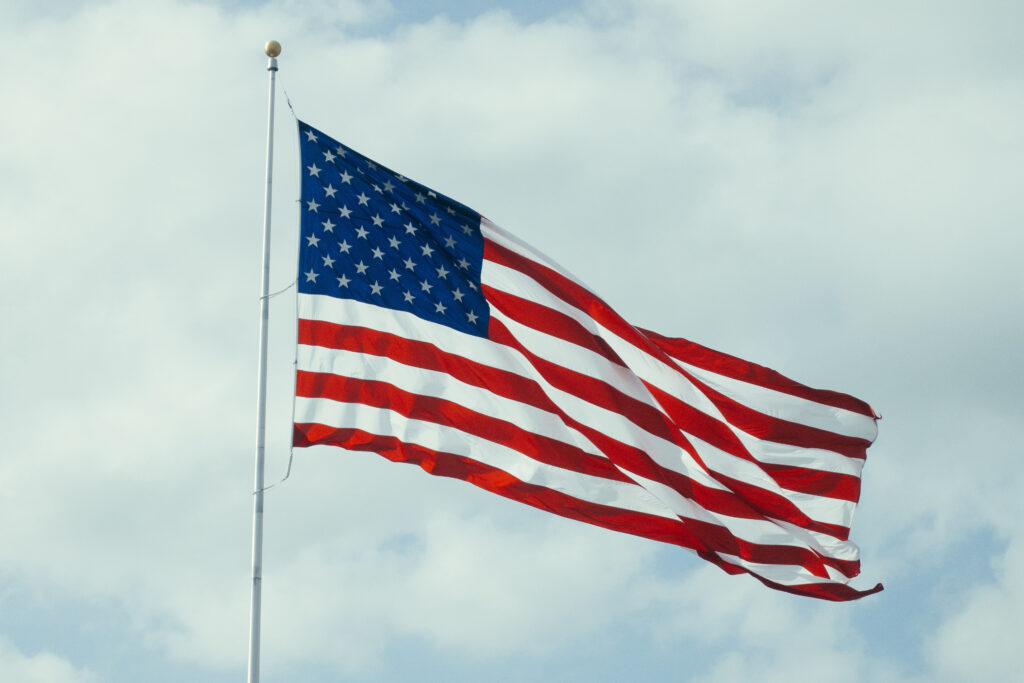Parcel’s Post: Gales of Trivia

With Flag Day just around the corner I thought it would be fun to explore ten fascinating facts about the American flag. Let’s dive in!
- The Designer of the current American Flag: The American flag was designed by a high school student named Robert G. Heft. In 1958, as part of a school project, he created a 50-star flag design that earned him a B- initially. However, when President Dwight D. Eisenhower selected his design, his grade was upgraded to an A.
- The Evolution of Stars: The American flag has seen an evolution in the number of stars over the years. It started with 13 stars to represent the original colonies and has now grown to 50 stars, symbolizing the 50 states of the United States. The current design has been in use since July 4, 1960, after Hawaii became the 50th state.
- The “Grand Union Flag”: Before the adoption of the Stars and Stripes, the first national flag of the United States was known as the “Grand Union Flag” or the “Continental Colors.” It featured the Union Jack in the canton (upper left corner) and thirteen alternating red and white stripes.
- The Flag’s Code: The United States Flag Code, a set of guidelines for the display and handling of the American flag, was first established in 1923. It provides instructions on proper flag etiquette, including how to display, fold, and dispose of the flag.
- The Largest American Flag: The “Superflag”, created in 1992, is recognized as the largest American flag ever made. It measures 505 feet by 225 feet and weighs approximately 3,000 pounds. This massive flag has been displayed in various locations across the United States.
- The Oldest American Flag: The Bedford Flag, believed to be the oldest known surviving American flag, dates back to the 17th century. It was used as a militia flag during the American Revolutionary War and is now on display at the Bedford Free Public Library in Massachusetts.
- The Flag’s Material: The American flag is typically made of nylon or polyester, as these materials are durable and can withstand outdoor conditions. However, for ceremonial and indoor display purposes, cotton flags are often used.
- The Pledge of Allegiance: The Pledge of Allegiance to the American flag was first written in 1892 by Francis Bellamy. It was originally published in “The Youth’s Companion” magazine to commemorate the 400th anniversary of Christopher Columbus’s arrival in the Americas.
- Flag on the Moon: During the Apollo 11 mission in 1969, astronaut Neil Armstrong placed the first American flag on the moon’s surface. However, due to the lack of atmosphere and extreme temperatures, the flag is likely to have been bleached and disintegrated by the moon’s harsh conditions.

